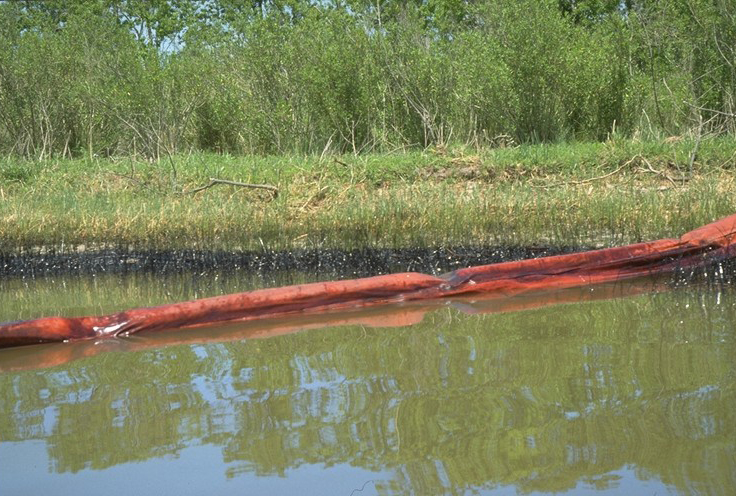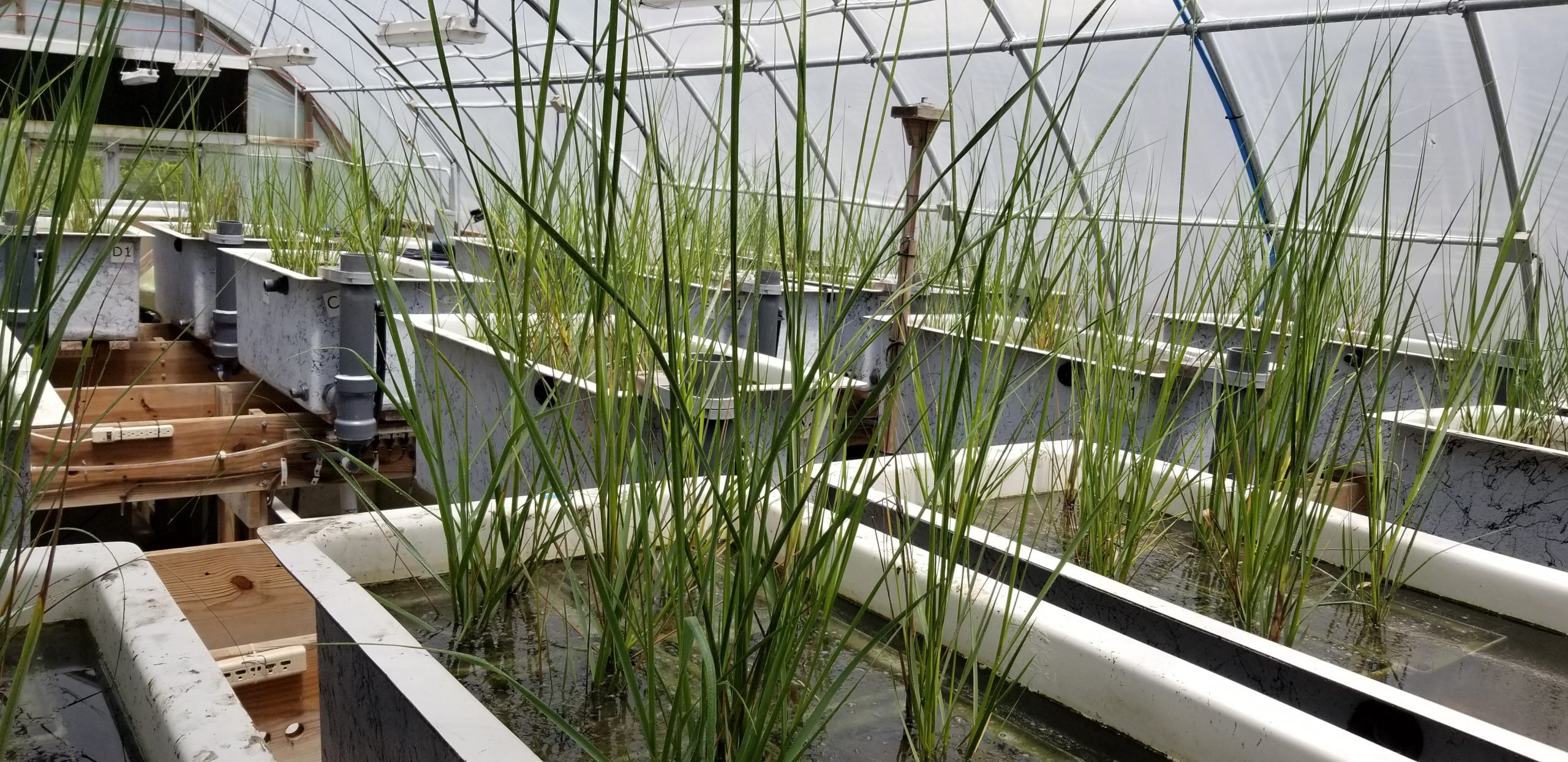We are trying to determine the best approach to replant a saltmarsh with native grasses after it has been heavily coated with fuel oil. Highly productive saltmarsh ecosystems (or estuaries) serve as sensitive habitats for many recreationally and commercially important species of fish and shellfish. These animals ultimately rely on these grasses as a source of food and shelter to sustain their abundant communities.

What We Are Doing
We will be simulating a spill of #2 fuel oil in established mesocosms at the NCCOS laboratory in Charleston, South Carolina. Mesocosms are scaled experimental ecosystems that mimic the structure and function of a saltmarsh. The mesocosms contain seawater, marsh sediments (mud), and marsh grasses. After we perform the spill in the mesocosms and a die-off of the original grass occurs, we will remove all of the oiled, dead grass and then try a variety of replanting tactics to restore the marsh. These approaches will include comparing plants raised from seed in a nursery versus whole plants that are collected from an actual marsh location. We will also compare a “plug” planting method versus a bare-root planting technique. The bare-root technique has all of the soil or sediment washed away prior to replanting. We are also experimenting with the use of fertilizer to enhance the growth of the replantings. After we replant the mesocosm systems, we will monitor the growth and recovery of the systems for up to two years.
In addition to looking at the growth of the replantings, we will also be examining the remaining fuel oil in mesocosms as it degrades. We will take samples of water, mud, and grasses to determine how much oil remains and its chemical composition. Fuel oil is actually a mixture of hundreds of chemicals called hydrocarbons. These hydrocarbons are of varying structures and molecular weights, therefore each one has a different degradation rate and toxicity. In general, the smaller hydrocarbons are more toxic to marine life and degrade quicker than the larger ones. The larger or “heavier” hydrocarbons persist longer in the marsh and damage grasses by physically smothering them.

